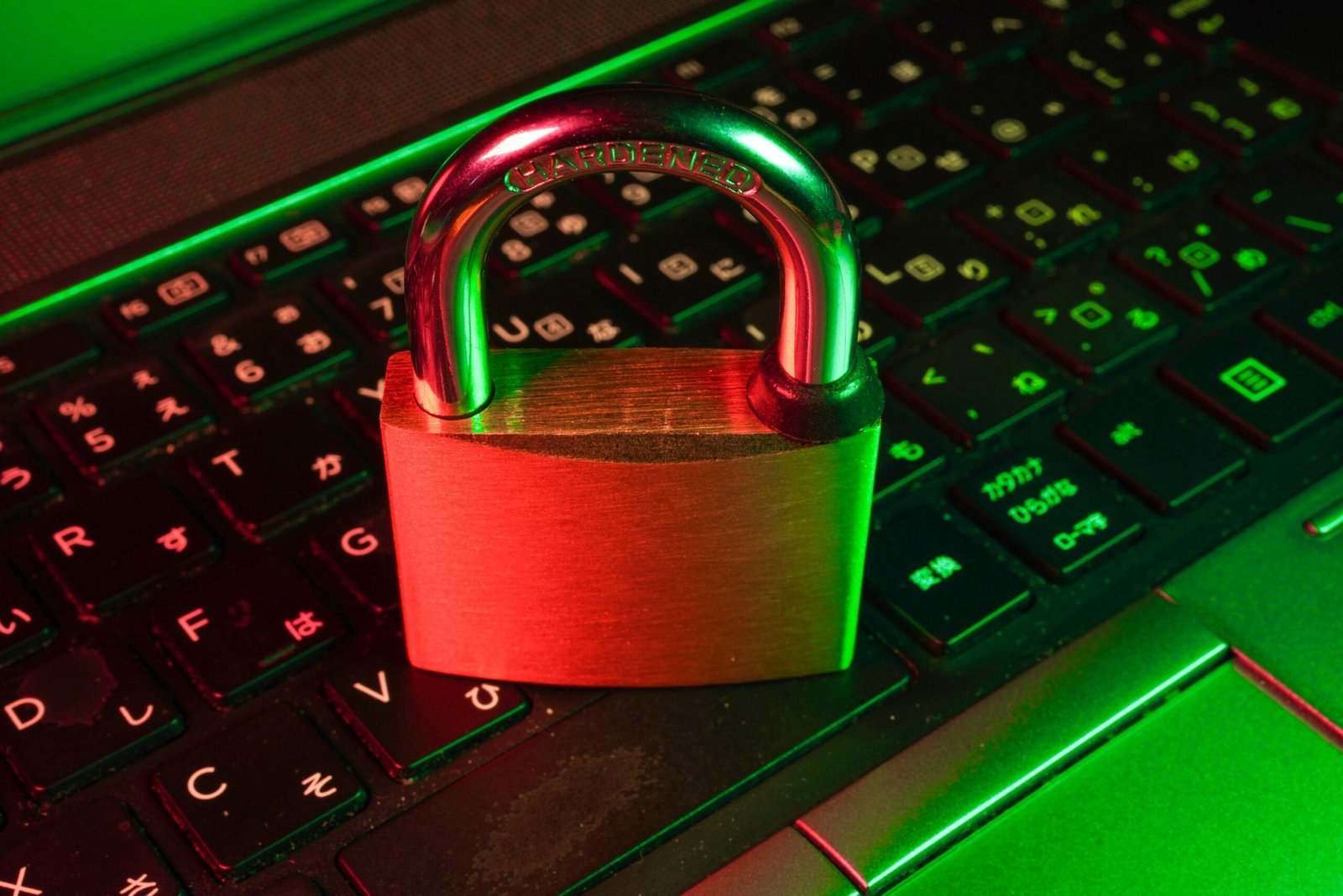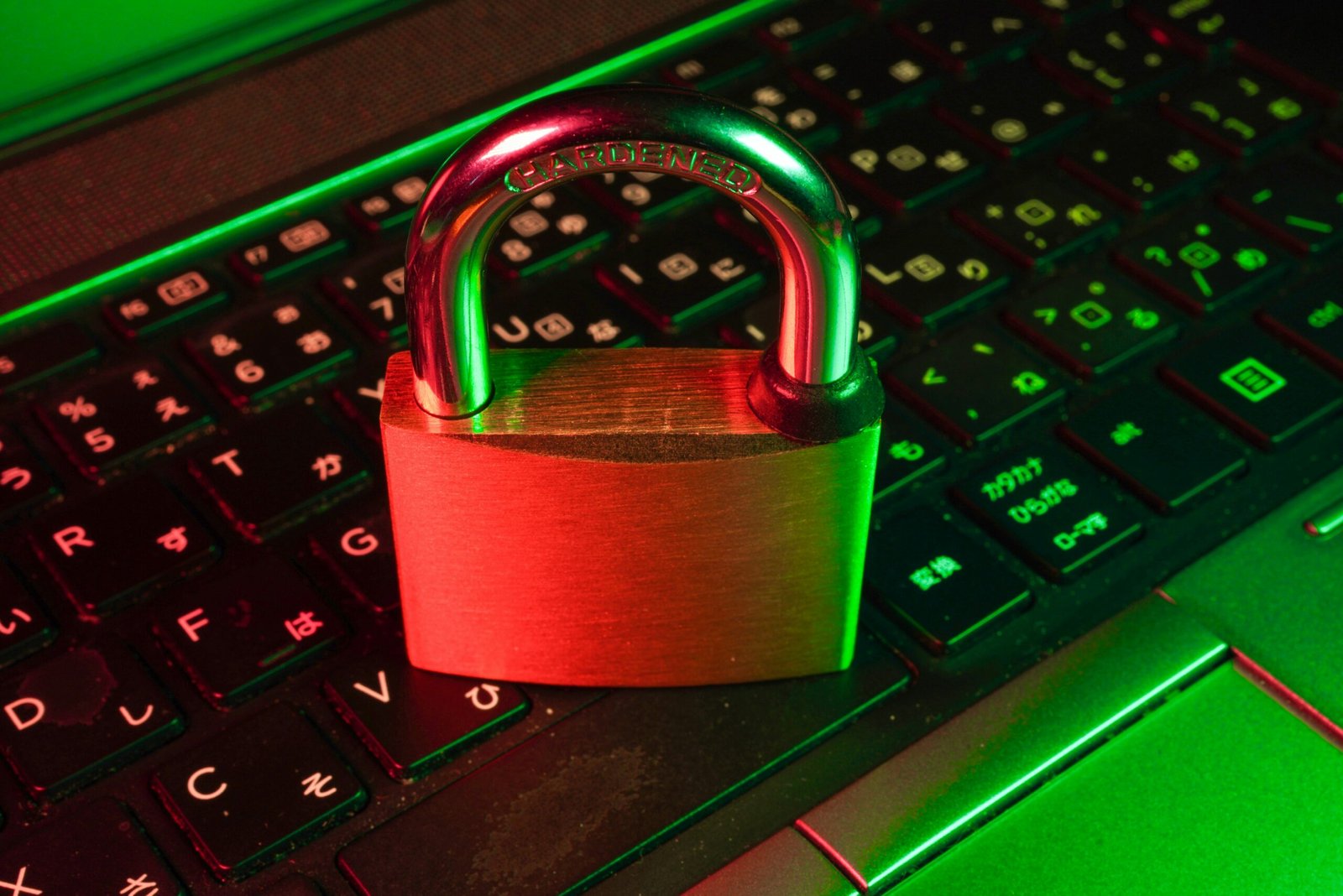
Protecting Your Online Accounts: A Guide to Keeping Your Information Safe
As the digital world continues to expand, so does the importance of safeguarding your online accounts. With the increasing prevalence of cyber threats and scams, it has become more crucial than ever to be vigilant and proactive in protecting your personal information. Whether it’s your email, PayPal account, social media profiles, or any other online accounts, taking the necessary steps to secure them is paramount. Here are some essential tips to help you keep your online accounts safe and secure.
Use Strong and Unique Passwords
One of the fundamental steps in protecting your online accounts is to use strong and unique passwords. Avoid using easily guessable passwords such as “123456” or “password.” Instead, opt for complex combinations of letters (both uppercase and lowercase), numbers, and special characters. Additionally, it’s crucial to use different passwords for each of your accounts. In the event that one of your accounts is compromised, using unique passwords will prevent the unauthorized access of your other accounts.
Enable Two-Factor Authentication
Two-factor authentication adds an extra layer of security to your online accounts by requiring a secondary form of verification in addition to your password. This could be a unique code sent to your mobile device, a fingerprint scan, or a hardware security key. By enabling two-factor authentication, you significantly reduce the risk of unauthorized access, even if your password is compromised.
Be Wary of Phishing Attempts
Phishing is a common tactic used by cybercriminals to trick individuals into revealing their personal information, such as login credentials and financial details. Phishing attempts often come in the form of deceptive emails, fake websites, or fraudulent messages. To protect yourself from falling victim to phishing scams, be cautious of unsolicited emails or messages requesting sensitive information. Always verify the authenticity of the source before providing any personal data.
Furthermore, ensure that the websites you visit are secure by looking for “https://” in the URL and a padlock icon in the address bar. Secure websites encrypt the data transmitted between your browser and the site, making it more difficult for hackers to intercept and steal your information.
Regularly Update Your Software and Apps
Keeping your software, operating systems, and apps up to date is crucial in maintaining the security of your online accounts. Software updates often include patches for known vulnerabilities and security flaws, which, if left unaddressed, could be exploited by cyber attackers. Set your devices and applications to automatically install updates to ensure that you are protected against the latest security threats.
Monitor Your Account Activity
Regularly monitoring the activity on your online accounts can help you quickly identify any unauthorized access or suspicious behavior. Many online services offer features that allow you to review login history, active sessions, and recent transactions. By staying vigilant and reviewing your account activity, you can detect and address any potential security issues promptly.
Use Secure Wi-Fi Networks
When accessing your online accounts from public Wi-Fi networks, such as those in cafes, airports, or hotels, exercise caution. Public Wi-Fi networks are often less secure and can be susceptible to eavesdropping by malicious actors. Whenever possible, use a virtual private network (VPN) to encrypt your internet connection and protect your data from being intercepted while using public Wi-Fi.
Conclusion
Protecting your online accounts is a responsibility that should not be taken lightly. By implementing strong passwords, enabling two-factor authentication, being cautious of phishing attempts, keeping your software up to date, monitoring your account activity, and using secure Wi-Fi networks, you can significantly reduce the risk of unauthorized access and safeguard your personal information. Stay informed and proactive in securing your online accounts to ensure a safer and more secure online experience.
Be Cautious of Social Engineering Attacks
Social engineering is a manipulation technique used by cybercriminals to exploit human vulnerabilities and gain access to sensitive information. This can take various forms, such as impersonating a trusted authority figure or creating a sense of urgency to prompt a hasty response. Be wary of unsolicited requests for personal details, even if they appear to come from legitimate sources. Verify the authenticity of any such requests before providing any information.
Leverage Password Managers
Remembering unique and complex passwords for all your online accounts can be a daunting task. This is where password managers come in handy. These secure applications generate, store, and automatically fill in your login credentials, reducing the risk of human error and making it easier to maintain strong, unique passwords for each account. By using a reputable password manager, you can simplify the password management process while ensuring the security of your login information.
Regularly Review and Update Your Account Information
It’s essential to regularly review the information associated with your online accounts, such as your contact details, payment methods, and authorized devices or sessions. Promptly update any changes to ensure that the information is accurate and up-to-date. This step can help you identify and address any unauthorized modifications or potential security breaches in a timely manner.
Be Cautious of Public Computers and Devices
Avoid accessing your sensitive online accounts from public computers or devices, such as those found in libraries, internet cafes, or shared workstations. These computers may have been tampered with or could be infected with malware, putting your login credentials and personal information at risk of being compromised. If you must use a public device, be sure to log out of all your accounts and clear the browser history before leaving.
Implement Robust Backup Strategies
In the event of a security breach or data loss, having a reliable backup of your critical information can be a lifesaver. Regularly backup your important data, such as documents, emails, and financial records, to secure storage solutions, such as external hard drives or cloud-based services. This will ensure that you can quickly restore your information and minimize the impact of any potential security incidents.
Stay Informed and Educate Yourself
The landscape of online security is constantly evolving, with new threats and best practices emerging regularly. Stay informed about the latest cybersecurity trends, scams, and security vulnerabilities by following reputable security blogs, news sources, and industry experts. Additionally, educate yourself and your family members on safe online practices to foster a culture of digital security within your household.
Seek Professional Assistance if Necessary
If you suspect that your online accounts have been compromised or you are unsure about the security of your personal information, don’t hesitate to seek professional assistance. Contact your financial institutions, email providers, or relevant authorities to report any suspicious activities and get guidance on the appropriate steps to mitigate the potential damage and protect your accounts.
Conclusion
Safeguarding your online accounts is a crucial aspect of modern digital life. By implementing the strategies outlined in this guide, you can significantly enhance the security of your personal information and reduce the risk of falling victim to various cyber threats. Remember, staying vigilant and proactive in your approach to online security is the best way to protect yourself and your digital assets. Embrace these best practices, and you’ll be well on your way to a more secure online experience.




